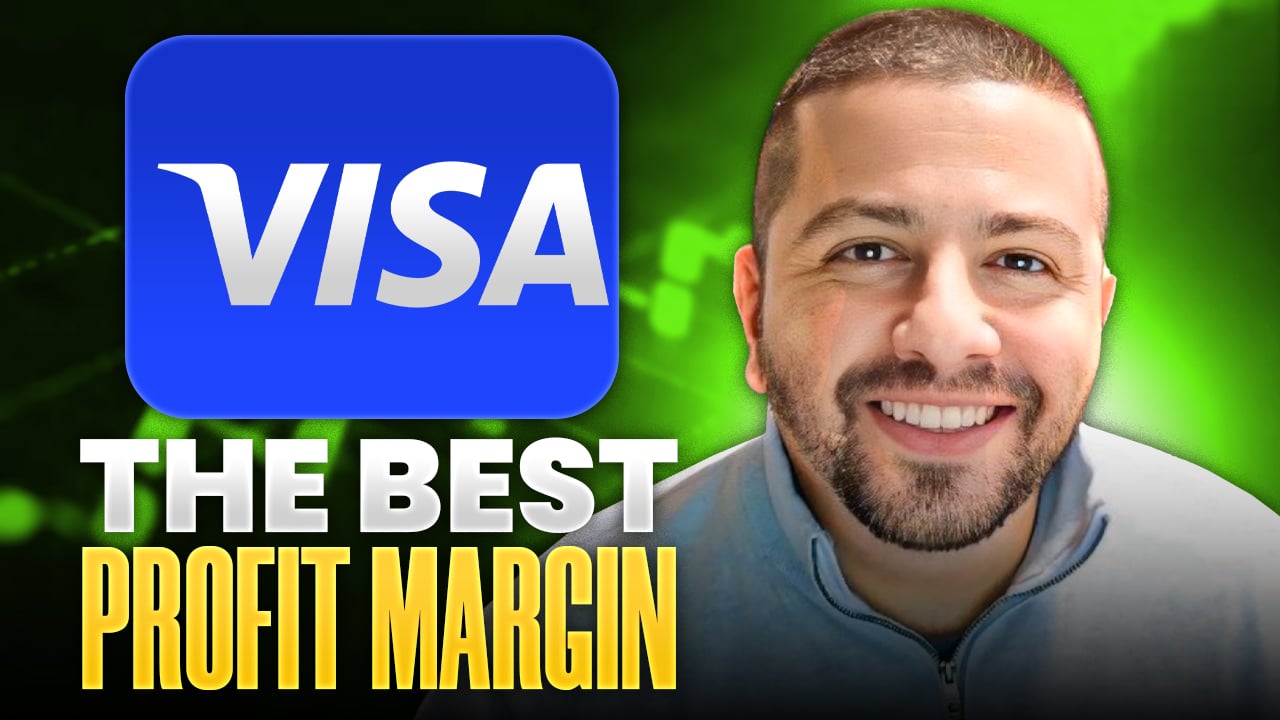As I've written recently, 2018 has the potential to be the best year in Visa's (V +1.07%) existence as a company. This would be an accomplishment, as last year was a smashing one for the card payment processor. Let's take a short trip down a very pleasant memory lane to explore why.
A year to remember
Little went wrong for Visa last year. In all four reported quarters, revenue and net profit not only grew at healthy rates, they exceeded analyst expectations. Obviously impressed by this performance, Mr. Market bid up the company's stock, which rose by 46% in 2017 and trounced the S&P 500.

Image source: Visa.
Several macroeconomic factors helped drive this growth. The American economy remained buoyant, while other regions in the world -- hello, Europe! -- started to grow at more encouraging rates.
On top of that, the world is increasingly favoring plastic as a means of commerce. A recent study from Euromonitor found that in 2016, for the first time, payments made via credit or debit card exceeded those transacted in cash.
In short, the world is making more purchases, and they're more frequently using cards to do so. This dynamic also underpinned the strong performances -- again, both in terms of fundamentals and stock price -- of Visa's rivals Mastercard (MA +1.15%) and American Express (AXP +1.28%).
But neither of those two grew like Visa. Taking the respective companies' latest-reported quarterly results, Visa grew its revenue by 22% on a year-over-year basis to over $18 billion. That outpaced Mastercard's 18% growth rate (to $3.4 billion) and AmEx's growth rate of 9% (to $8.4 billion).
Amplifying those mentioned macro factors, Visa bulked up in other ways. 2017 represented the first full year of its integration of Visa Europe, which was formerly an independent company despite carrying the same brand name and functioning largely in the same way as its namesake.
The company doesn't break out Visa Europe's results, but the unit is included in its International segment, which saw 37% revenue growth compared to 11% for the U.S.
2017 also saw the company reap the benefits of several deals with new clients. Most notably, it was the first full year of Visa being the exclusive credit card brand accepted at powerhouse discount retailer Costco Wholesale (COST 0.60%). Visa is also the co-branding partner of Costco's proprietary credit card. Visa's brand famously replaced AmEx in both positions.
At one point, the Costco co-branded card -- formerly called TrueEarnings and now known as Anywhere -- represented an estimated 10% of AmEx's total cards outstanding. In other words, the retailer generates a lot of business as a co-branding and exclusivity deal partner, and even for the larger Visa, it's a big deal.
It's not only about the plastic, though. Visa is fully aware that digital payments will be a big part of commercial life in the future.
In addition to pushing its own e-initiatives, Visa reached a pact with former foe PayPal Holdings. This effectively halts what's been characterized as the latter's attempts to steer customer business away from Visa cards. It also allows users of both platforms to transfer funds between them more easily. Although this deal was originally signed in 2016, it was expanded to cover Asia and Europe last year.
Sad to see it go?
Visa entered 2018 well positioned for further growth. The use of credit and debit cards is only going to increase, while the company's deepening involvement in digital solutions should grow its take from such transactions. But even if this year smashes records, it'll have a tough act to follow -- as far as the company is concerned, 2017 was one for the ages.










